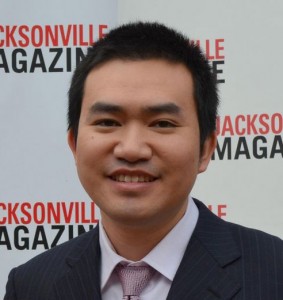People who visit China invariably find themselves surrounded by all sorts of texts, including the ads at bus stops, the names of the business on the signboards, the instructions and regulations at tourists attractions, and of course, the celebratory couplets or banners at the gates of government buildings, etc. In the past these texts were by and large inaccessible to foreign eyes, due to the language barrier and the transient appearance in the view. Now the proliferation of camera-ready devices (mainly smart phones) and the advancement made by optical character recognition (OCR) technology have open up new possibilities. Chinese language students may benefit from a project that involves taking photos, recording geographic locations, identifying words in the pictures, and comprehending the texts, in order to develop both their proficiency and their knowledge of Chinese culture. This project plans to follow such a thought by merging the roles of scholar, artist, and technologist, the hallmark of digital humanism.
To make the project more manageable and practical, the researcher plans to divide students into three groups, each focusing on one form of texts. The first group will work on advertisements, as students look around in places such as subway stations, shopping malls and supermarkets. The second group will zoom in on Chinese and English that run side by side, usually in a disharmonious and humorous way. The third group will work on literary texts that are commonly found in temples, mountains and palaces, where poems and couplets add to the intangible beauty of the scene. Geographic information tags will be utilized to relate these photos to maps, which will incorporate students’ written reflections on the images.

